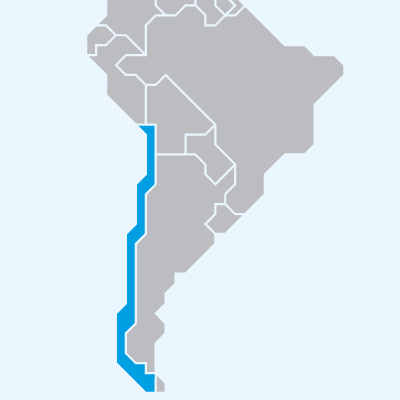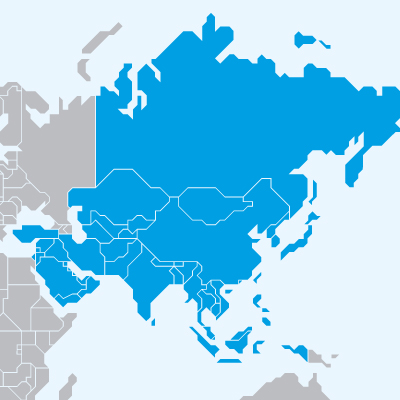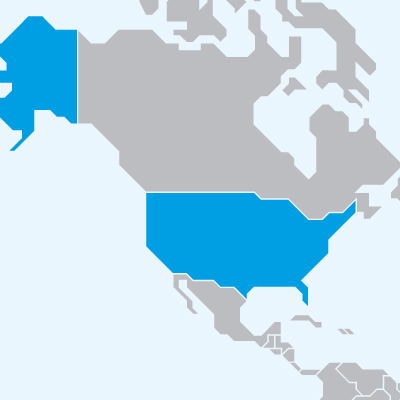Register to continue reading for free
Chile: Covid-19 is aggravating the situation caused by social instability

The country is still feeling the early stages of Covid-19 diffusion with little more than 3 000 confirmed cases. We spoke with FEDECCAL to understand the impact in the footwear industry
As we write this article, Chile has little more than 3 000 confirmed cases of Covid-19 and 16 deaths. A quarantine has been imposed in 7 municipalities* of the Región Metropolitana (Santiago Metropolitan Region) which has a population of little over 7 million people. People cannot leave their houses unless they have a solid reason, such as for buying food or for health reasons or to work in the production of food and other strategic activities, and this is being strictly controlled by the armed forces. This regime of quarantine is partial in the rest of the country. There is a curfew imposed across the country from 10pm until 5am. The expectation is that the situation continues as long as the virus is not under control.
Many countries started by feeling the impacts of the outbreak of the Covid-19 in China as they source materials from the Asian country and the Chilean manufacturing footwear industry, composed of approximately 400 workshops and small dimension factories, is also facing difficulties in sourcing raw materials and materials.
Retail hasn’t felt the big hit so far: “the majority of shipments corresponding to the 2020 seasons have been materialized before the crisis of the Coronavirus appeared in China”, FEDECCAL - Chamber of Leather, Footwear and Allied Industries tells the World Footwear. As such, retail continues to function as normal; however, it is now facing a sudden drop in demand and dealing with an “increase in import costs due to the national and international scenario”.
The social protests which were witnessed the country since October 2019, in some cases violent and destructive, have provoked constant closures of small footwear stores in the main cities of the country. This situation has been aggravated by the quarantine imposed by the diffusion of the Coronavirus: “We are living in a scenario of high uncertainty and we don’t know when is this due to finish. Small retailers**, mostly impacted by the situation, are doing sales campaigns selling their products at a lower price, with an impact on their revenue, which is even more aggravated by the fact that our currency has been losing value since October 2019”, FEDECCAL underlines.
The Chamber of Leather, Footwear and Allied Industries believes the spread of the Covid-19 will further impact companies which were already struggling with the devaluation of the Chilean peso (the national currency) since October 2019.
For the moment, there are no stock problems in Chile, a situation which FEDECCAL believes will last for a long time if demand continues to fall. As a reaction, companies are working with shorter horizons projections to face both internal and global instability caused by the Coronavirus, in order to adapt more quickly to changes in the midst of a large uncertainty.
Many countries started by feeling the impacts of the outbreak of the Covid-19 in China as they source materials from the Asian country and the Chilean manufacturing footwear industry, composed of approximately 400 workshops and small dimension factories, is also facing difficulties in sourcing raw materials and materials.
Retail hasn’t felt the big hit so far: “the majority of shipments corresponding to the 2020 seasons have been materialized before the crisis of the Coronavirus appeared in China”, FEDECCAL - Chamber of Leather, Footwear and Allied Industries tells the World Footwear. As such, retail continues to function as normal; however, it is now facing a sudden drop in demand and dealing with an “increase in import costs due to the national and international scenario”.
The social protests which were witnessed the country since October 2019, in some cases violent and destructive, have provoked constant closures of small footwear stores in the main cities of the country. This situation has been aggravated by the quarantine imposed by the diffusion of the Coronavirus: “We are living in a scenario of high uncertainty and we don’t know when is this due to finish. Small retailers**, mostly impacted by the situation, are doing sales campaigns selling their products at a lower price, with an impact on their revenue, which is even more aggravated by the fact that our currency has been losing value since October 2019”, FEDECCAL underlines.
The Chamber of Leather, Footwear and Allied Industries believes the spread of the Covid-19 will further impact companies which were already struggling with the devaluation of the Chilean peso (the national currency) since October 2019.
For the moment, there are no stock problems in Chile, a situation which FEDECCAL believes will last for a long time if demand continues to fall. As a reaction, companies are working with shorter horizons projections to face both internal and global instability caused by the Coronavirus, in order to adapt more quickly to changes in the midst of a large uncertainty.
Chile’s Regions and the Footwear Sector (*)
Chile's Interior Government Division divides the country into 16 regions. Each region is then divided into provinces and each province divides into municipalities. The municipalities have the responsibility to declare the quarantine.The Central Region of Chile (Metropolitana de Santiago; Valparaíso and O’Higgins) holds 56% of the national population and 80% of the industrial activity of leather and footwear. The South Region of Chile (Biobío; Maule; La Araucanía; Ñuble; Los Ríos and Los Lagos) where 29.87% of the national population lives represents 15% of the industrial activity of the mentioned sectors. The Northern Region of Chile (Coquimbo; Antofagasta; Tarapacá; Atacama and Arica y Parinacota) holds 12.63% of the national population and 5% of the industrial activity of leather and shoes. There is no industrial activity related to leather and footwear in the extreme south regions of the country (Magallanes y Antártica Chilena and Aysén), where 1.5% of the national population is concentrated.
In 2018 Chile had a trade deficit in footwear in the order of 1 billion dollars, roughly unchanged from the previous year. The local industry struggles with low cost imports coming mainly from China and Vietnam. According to the World Footwear Yearbook (Available HERE) in 2018 footwear production in Chile totalled 5 million pairs of shoes, with a domestic consumption of 113 million pairs.








